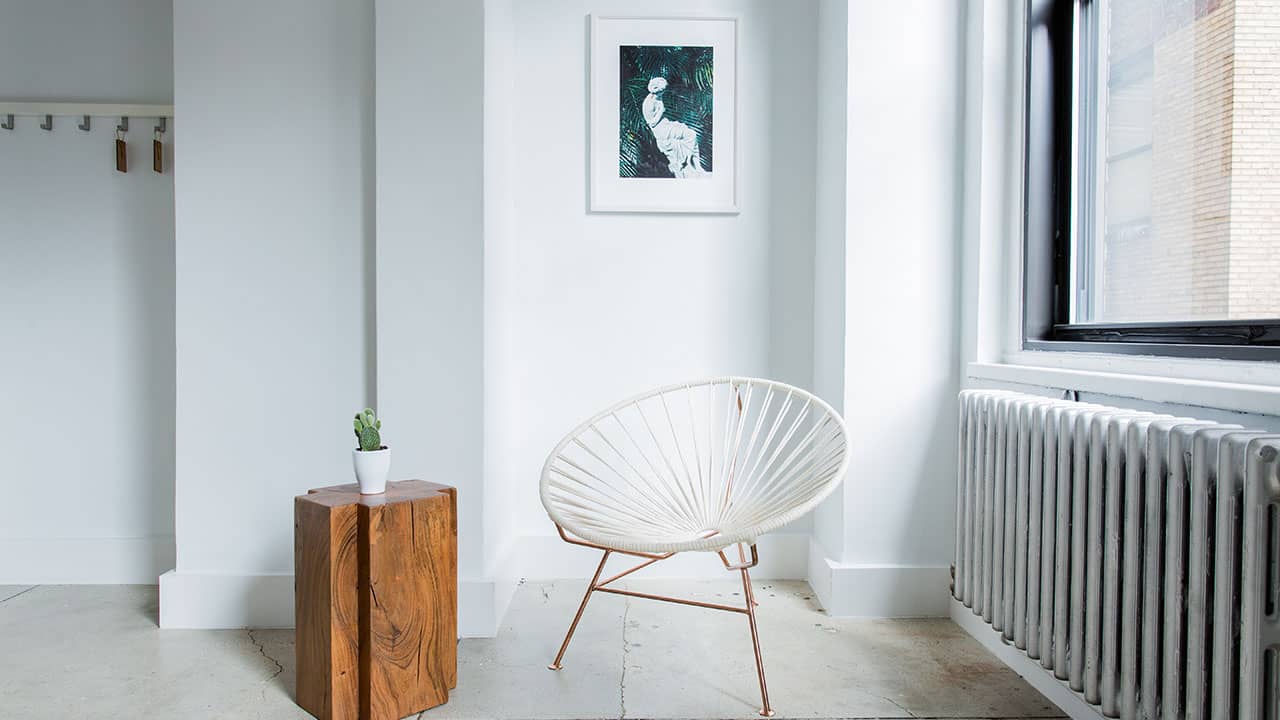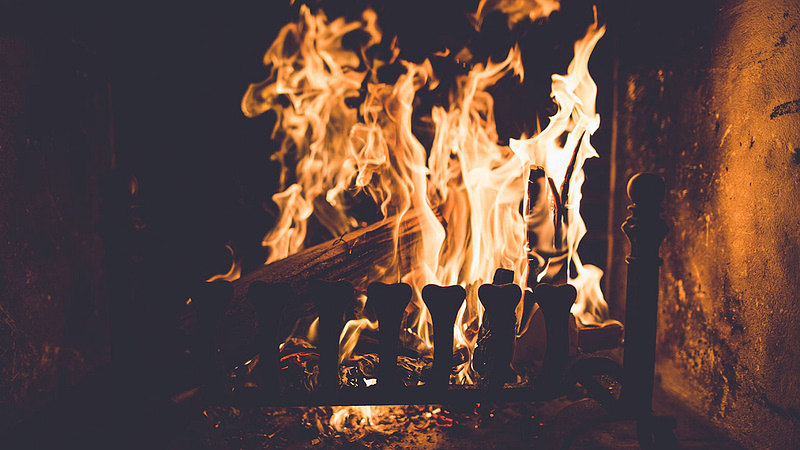Have you ever enjoyed standing in front of a window in mid-winter on a sunny day? Radiant heating, in this case is from the sun, it is heating all objects, including your body, but not the air. Building Biology teaches us that radiant heat is not just the most comfortable most efficient, it is also the healthiest for all of us. Although forced air heating and cooling is the method that is most prevalent it’s far from ideal in terms of health, comfort, or energy effectiveness.
Radiant heat has the following advantages from a health and comfort perspective:
- It is a gentle heat that does not fry dust and other pollutants
- It is silent
- It doesn’t require ductwork which is prone to leakage, dirt and mold accumulation
- It doesn’t blow air around creating drafts and a constant climate from too hot to too cold
- It produces an even comfortable heat
Types of radiant heating: warm water or steam radiators of various configurations, radiant in-floor (hot water) heating, masonry heaters, in-wall heating and passive solar heating.

Radiators:
Radiators are historically the most typical form of radiant heat and can be expensive to install/repair due to not enough knowledge by modern technicians. Newer designs from Europe are efficient and fairly easy to install. When installed correctly radiators should endure for years. The disadvantage to radiators is they take up living area and are typically placed underneath windows. The purpose of putting them in front of windows is to create a curtain of heat to protect the comfort of the inside the space.
Radiant heat is always preferred because it is like the sun, or an open fire. Radiant heat within a household heats objects far more effectively than forced air systems do. Forced air systems heat the air, and therefore are not as effective at warming surfaces. We experience comfort from the materials around us, not the air. Studies have shown we can in fact lower the air temperature of a space and still be thermally comfortable because the surfaces are warm. This therefore improves the energy effectiveness of the room because you can have your thermostat set at a lower point.
Radiant wall heaters are not common in North America but can be used quite efficiently. Loops of water are installed directly into the wall system and plastered over. Some locations also have roof loops, but this is only required in such places like a bathroom or spa.
Radiant Floor: Radiant floor heating is becoming more common in North America. It is one long looped piping spaced out in rows on the floor and then covered in concrete and then your flooring. This is even more efficient as you can calculate the heat loss in the house and adjust accordingly.
There is a variety of tubing used for radiant floor heating including copper, cross-linked polyethylene and synthetic rubber. Radiators typically have copper tubing. Water with a food grade antifreeze, glycol, circulates between the tubing and boiler. The pumps and heat system can run independent of the boiler. Then the areas can be zoned with thermostats and easily maximize the efficiency.
For a very sensitive person, the use of radiant floor heating may not be desirable because the movement of fluid underneath people can create a biological impact such as would occur with naturally occurring water under buildings. If the installation cannot be altered, consider running the pumps during periods when occupants are not present. Since it heats up the largest thermal mass in the house, the slab, it will retain its heat.
Note: Radiant floor or wall electric heating is also available but because this method also bathes the space in electro-magnetic fields it is not endorsed by Building Biology.





